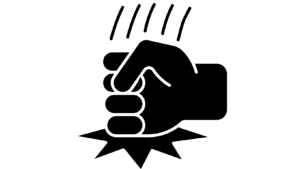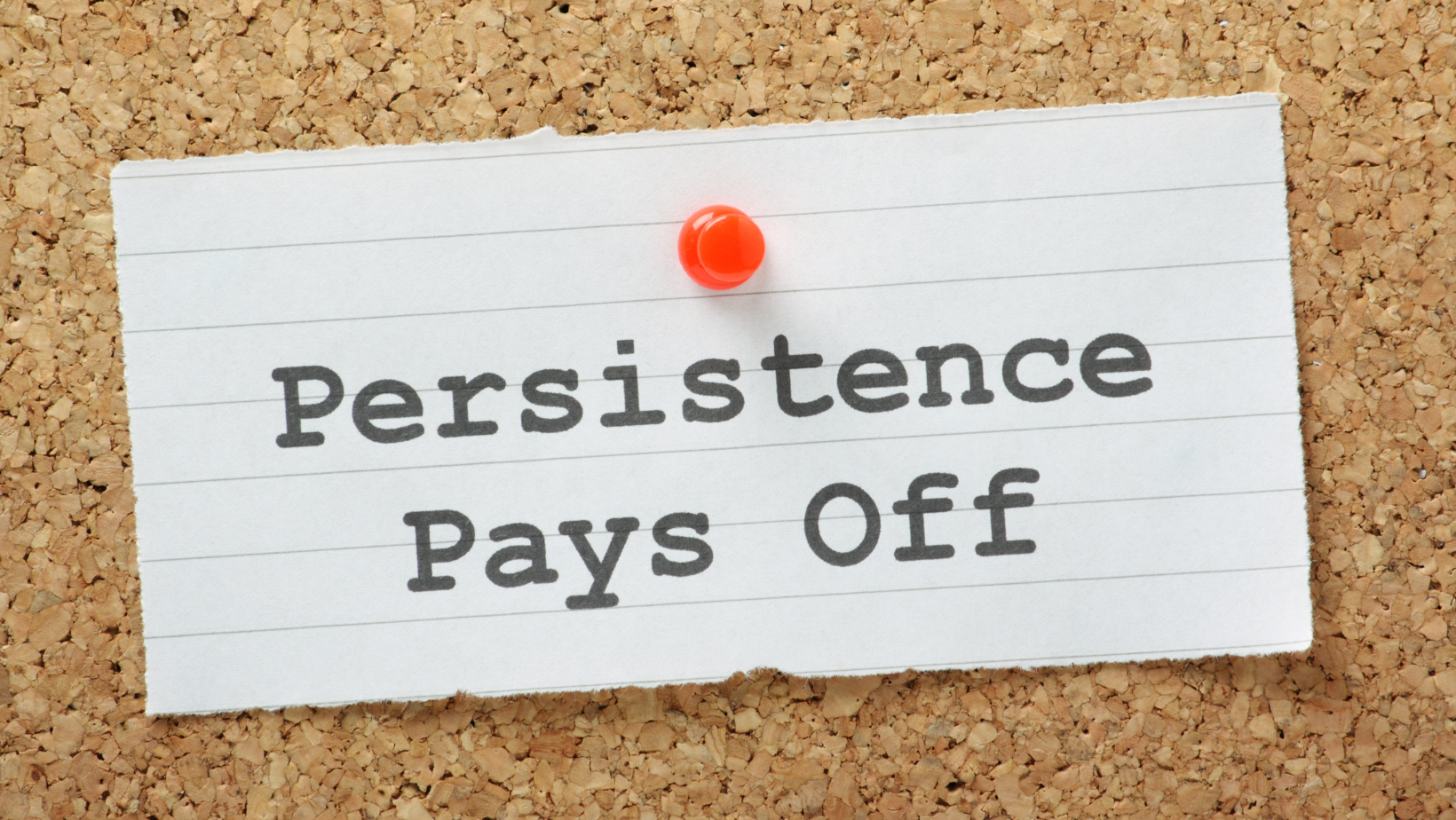
Clients have needs because they have problems that must be solved. Not all these needs are equal. Some are more important than others. When you first meet clients, you need to spend some time deciding what their needs are. Start by working on the big problems first and then gradually ascend to the smaller less important needs.
Objection: Price
The pricing topic comes up in every sales call. You should go into a call with the assumption that your lead is not going to want to pay what you’re asking and that there will be push back. Price is one of the factors that is negotiated.
The biggest mistake that salespeople make when confronted with the price objection is to assume that the answer is to discount immediately.
Customer: “The price you’re asking is too high.”
Salesperson: “OK. How about if we talk about providing one free roof survey for every five, we do?” (Side Note: 20% Discount)
Customer: (says nothing)
Salesperson: “Well, I recognize that this may still be a stretch on your budget. So, we could do a free roof survey for everyone we do. One for one. Would that work?” (Side Note: 50% Discount)
Customer: (says nothing)
Salesperson: “All right. I’ll go back to my boss and see if we can do roof surveys as a courtesy if we get all of the repair work if any is found at the location.”
Client: “Fine.”
There are several things to note in this conversation:
- Silence is GOLDEN. It is the best negotiation tactic. The other party feels like they must fill in the “void” with words.
- The Client, by saying almost nothing has gotten at least a 50% discount, perhaps free roof surveys.

- The proportion of talking between client and salesperson is skewed the wrong way. The salesperson is doing about 80 percent of the talking instead of 80 percent of the listening.
- The salesperson assumes that price is the only thing that is important to the client.
- The salesperson assumes that the only leverage he has is to discount.
- The Client hasn’t had to give up anything to get the discount. The salesperson is so anxious to land the business that he’s discounting as a strategy.
The biggest error is that discounting isn’t a strategy. Discounting is a tactic – something that should be done to achieve a particular end. In this case, discounting is legitimate if it leads to the client making concession in some other part of the sale. Otherwise, it’s just giving away our money and our resources.
Also, by giving away Roof Surveys at all the Client’s locations, it is near impossible to create a Preventive Maintenance Program. The Client is currently getting free inspections. How do we now tailor a PM program to meet their needs?
When we develop new programs, the Client expects a discount. We have set a precedent.
What you should know about price prior to the meeting:
- How does it compare to similar products or services offered throughout the industry?
- What was the last price your client paid for this product or service?
- Was that price set by a competitor?
- Has the price for this product/service been rising or falling?
- What are the consequences to the client if you can’t close the sale?
Is it really about price? Or about features/benefits?
Customer: “I appreciate your comments, and I’m impressed with what you’ve shown me, but I have to tell you that price is a big issue for us.”
Salesperson: “I see. Would you give me an idea of the kind of range you had in mind?”
Customer: “Well, we were thinking of something between $___ and $___, but….
Salesperson: “That’s certainly a point for discussion.”
Customer: “To tell you the truth, I’m not sure that even at that price the product/service would be the right one for us.”
Salesperson: “Would you explain?”
Customer: “What we’re looking for is something that is more flexible and increased service levels. Of course, that would mean an increased price, and I know that that puts it out of range with your product/service offering.”
Salesperson: “I see. So, what you’re looking for is a product that can do more but isn’t a lot more expensive?”
Customer: “Yes. That’s it.”
Salesperson: “Well, I think we can discuss that. Of course, increasing service levels may add to the roll out start date, so we may not be able to start next week.”
Client: “Well, we’ve got some flexibility about starting next week.”
As you can see from the above, price wasn’t really the objection. It was part of the problem, because the client assumed that shorter service level lead times meant a higher price. What you can show clients is that a lower price can be traded off for something that’s less important – such as the start date.
If the price can’t be cut…
If the price can’t be cut, what can we offer? Better service? Better benefits?

- Faster service?
- Extended warranty?
- Quicker rollout?
- Quicker estimates and proposals?
| Client Personality | Client Attitude | Sales Tactic |
|
Dominant |
|
|
|
Influence
|
|
|
| Steadiness
|
|
|
| Conscientious
|
|
|









